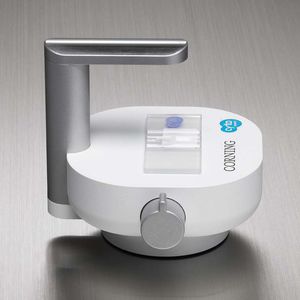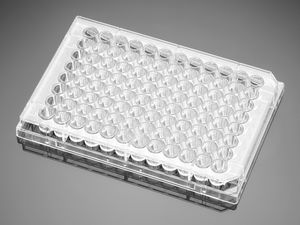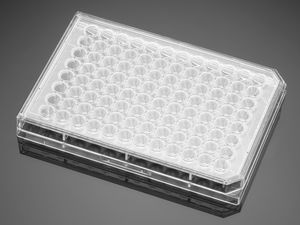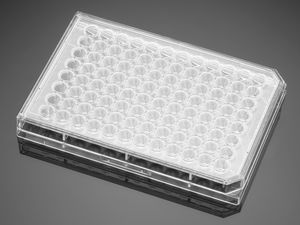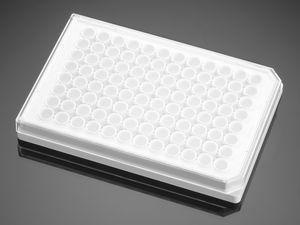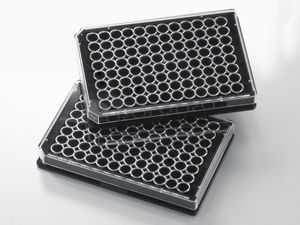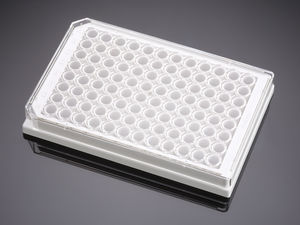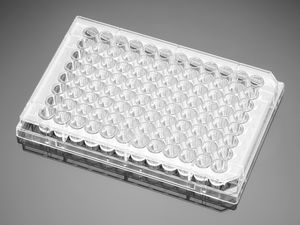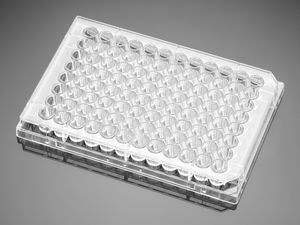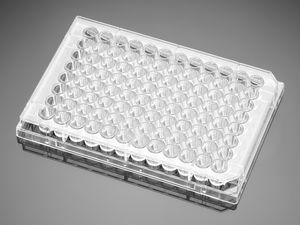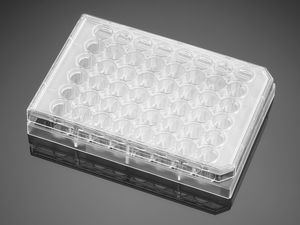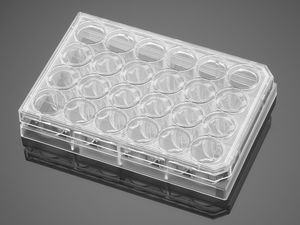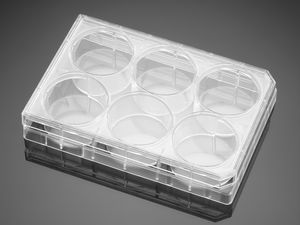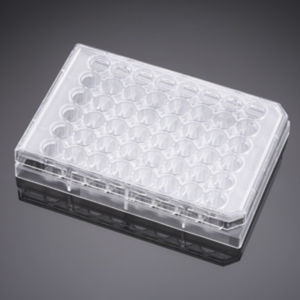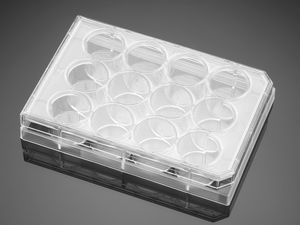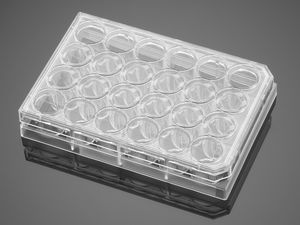
Laboratory bottle CellBIND®tissue culturegraduated
Add to favorites
Compare this product
Characteristics
- Applications
- laboratory, tissue culture
- Other characteristics
- graduated
Description
Improve Cell Attachment with Corning CellBIND Surface, a Negatively Charged Advanced Tissue Culture
Part of a family of enhanced Tissue Culture (TC)-treated surfaces that alter the surface charge of culture vessels, CellBIND surface improves the attachment and growth of fastidious cell types. This advanced surface features a net négative surface charge due to oxygen-containing functional groups incorporated in the polystyrène surface. The surface is more hydrophilic: and thus more wettable, compared to standard TC-treated surfaces, which facilitâtes cell attachment and spreading.
Characteristics and Applications
Applications
Enhanced cell survival following cryopreservation
More quickly adapts cells to reduced sérum and serum-free growth conditions
A possible replacement for biological coatings and poly-D-lysine
Helps reduce cell loss during assay manipulations such as washing steps
Surface Technology/Charge
Corona-gas treatment; negative net charge
Formats
Corning vessels
Plates: 6-well, 12-well, 24-well, 48-well, 96-well, 384-well, 1536-well Dishes: 35 mm, 60 mm, 100 mm
Flasks: T-75, T-150, T-175, T-225, Corning HYPERF/asF®, Corning CellSTACK®, Corning HYPERStack®, Corning CellCube®, Corning Microcarriers
Features and Benefits
An advanced tissue culture treatment resulting in improved cell attachment
Incorporation of significantly higher levels of oxygen into the surface, rendering it more hydrophilic, while increasing surface stability and wettability
Non-biological surface treatment
No special handling, stable at room temperature
Available in a wide variety of formats
Catalogs
Related Searches
- Sample tube
- Laboratory centrifuge
- Tabletop centrifuge
- Laboratory sample tube
- Laboratory stirrer
- Microtiter plate
- General purpose laboratory stirrer
- Blood centrifuge
- Benchtop laboratory stirrer
- 96-well microplate
- Digital laboratory stirrer
- Pipette tip
- Universal centrifuge
- Laboratory microplate
- Pipette
- Laboratory vial
- Laboratory filter
- Polypropylene sample tube
- Automated centrifuge
- Swing-out centrifuge
*Prices are pre-tax. They exclude delivery charges and customs duties and do not include additional charges for installation or activation options. Prices are indicative only and may vary by country, with changes to the cost of raw materials and exchange rates.




